Home>Garden Essentials>How Much Does Desert Landscaping Cost
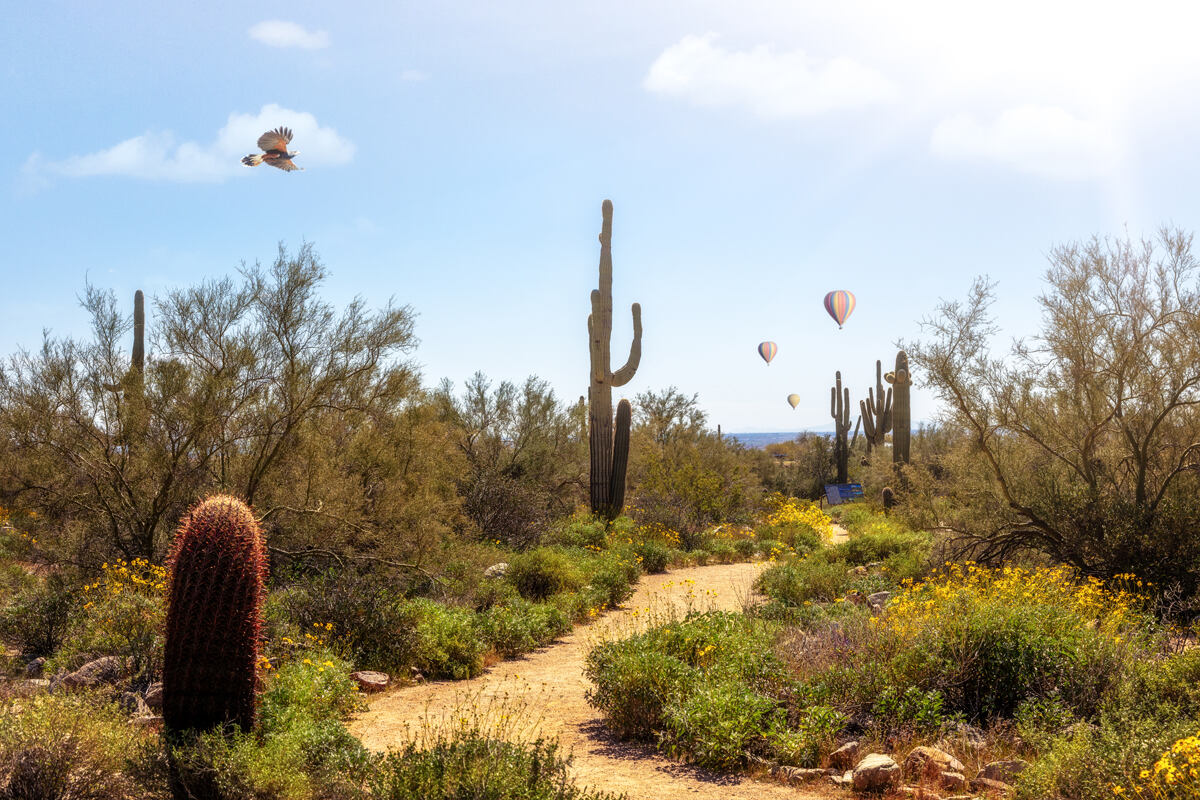

Garden Essentials
How Much Does Desert Landscaping Cost
Modified: March 7, 2024
Discover the cost of creating a stunning desert garden landscape. Get expert advice on garden design, materials, and installation prices.
(Many of the links in this article redirect to a specific reviewed product. Your purchase of these products through affiliate links helps to generate commission for Storables.com, at no extra cost. Learn more)
Introduction
Welcome to the world of desert landscaping! If you’re considering transforming your outdoor space into a beautiful oasis in arid conditions, you’re in for a treat. Desert landscaping offers a unique and visually stunning approach to gardening, showcasing the beauty of drought-tolerant plants, rocks, and gravel that thrive in hot and dry climates.
But before you dive into the world of desert landscaping, it’s essential to understand the costs associated with this type of project. Budgeting and planning are crucial to ensure you create the desert landscape of your dreams without breaking the bank.
In this article, we will explore the various factors that influence the cost of desert landscaping, including the expenses associated with desert plants and trees, the cost of rock and gravel, the prices of landscaping materials, labor costs, and other additional expenses. We will also share some valuable tips on how to reduce the overall costs while still achieving a stunning desert landscape.
So, let’s get started on this desert adventure and discover how much it truly costs to create your own oasis amidst the arid beauty!
Key Takeaways:
- Desert landscaping costs are influenced by factors like size, design complexity, plant selection, and labor. Careful planning, native plants, and cost-effective materials can help create a stunning oasis while minimizing expenses.
- To reduce desert landscaping costs, consider strategic plant grouping, DIY tasks, and seeking multiple quotes. Long-term investments in quality materials and irrigation systems can save money in the future while creating a beautiful and sustainable outdoor space.
Read more: How Much Does It Cost For Landscaping
Factors Affecting Desert Landscaping Costs
When it comes to desert landscaping, several factors can influence the overall cost of your project. Understanding these factors will help you plan your budget effectively and make informed decisions. Let’s take a closer look at the key elements that contribute to desert landscaping costs.
- Size of the Area: The size of your outdoor space plays a significant role in determining the cost of your desert landscaping project. Larger spaces will require more materials, plants, and labor, resulting in higher expenses.
- Design Complexity: The complexity of your desired landscape design can also impact the overall cost. Intricate design elements, such as pathways, patios, water features, and custom-built structures, will require more time and expertise, increasing the labor costs.
- Choice of Plants: The selection of plants for your desert landscape can vary greatly in price. Native desert plants, which are well-suited to the climate and require less maintenance, tend to be more affordable. However, exotic or rare desert plants may come with a higher price tag.
- Type and Quantity of Rocks and Gravel: Rocks and gravel are essential components of desert landscaping. The type and quantity you choose will impact the cost. Large decorative boulders and specialty rocks may be more expensive than standard gravel options.
- Landscaping Materials: Along with plants, rocks, and gravel, other landscaping materials such as mulch, soil, edging, and irrigation systems must be considered. These materials can add to the overall cost of your project.
- Accessibility: The ease of access to your outdoor space can affect the cost of labor. If your space is challenging to reach or requires special equipment, it may lead to increased labor expenses.
- Season and Demand: The season in which you undertake your desert landscaping project can impact costs. Prices for materials and labor may fluctuate based on demand, so it’s advisable to plan your project during off-peak times if possible.
By considering these factors, you can better estimate the costs involved in your desert landscaping project. Remember that each landscape is unique, and individual preferences and customization will influence the final price. With careful planning and budgeting, you can create a stunning desert oasis that aligns with your vision and financial capabilities.
Cost of Desert Plants and Trees
Choosing the right plants and trees is a crucial aspect of desert landscaping. Not only do they add aesthetic appeal and create a harmonious environment, but they also need to be well-suited to the arid conditions of a desert climate. Let’s explore the cost range and factors to consider when it comes to desert plants and trees.
Native desert plants are the ideal choice for a low-maintenance and cost-effective landscape. They are adapted to withstand extreme temperatures, drought conditions, and poor soil quality. These plants have evolved to survive in desert environments, making them hardy and resilient. As a result, they require less water, fertilizer, and ongoing care.
The cost of desert plants can vary widely depending on factors such as species, size, and availability. Generally, smaller plants or seedlings will be less expensive than fully matured specimens. It’s often more affordable to opt for smaller plants and allow them to grow over time.
Local nurseries and garden centers are excellent sources for a variety of desert plants and trees. Prices for typical desert plants range from $10 to $50 per plant, with larger and more established plants costing on the higher end of the spectrum.
For those looking for more unique or exotic desert plants, the cost may be higher. Rare or hard-to-find desert plants, such as certain cactus varieties or uncommon species, can range from $50 to several hundred dollars per plant. Keep in mind that these types of plants may require specialized care and attention.
In addition to the cost of the plants themselves, it’s important to consider the ongoing maintenance requirements. Some desert plants may need occasional trimming, pruning, or protection from extreme weather conditions. Factoring in the long-term care and maintenance costs will ensure your landscape remains healthy and vibrant.
When it comes to trees, the cost can vary significantly depending on the size and species. Desert-adapted trees, such as mesquite, palo verde, or ironwood, are popular choices for desert landscaping. Saplings or young trees can cost anywhere from $50 to $200, while larger, mature trees can range from $500 to several thousand dollars.
Remember to take into account the specific needs of each plant or tree, such as sun exposure, soil conditions, and water requirements. Choosing a variety of plants that complement each other in terms of size, shape, and color will add depth and visual interest to your desert landscape.
By selecting a combination of affordable native desert plants and carefully considering the ongoing maintenance costs, you can create a stunning desert landscape that fits within your budget.
Cost of Desert Rock and Gravel
Rocks and gravel are essential elements in desert landscaping. They not only enhance the visual appeal but also help with water conservation and maintenance. Here, we will explore the cost considerations associated with desert rock and gravel, giving you a better understanding of this important aspect of your project.
The cost of desert rock and gravel can vary based on factors such as type, size, and quantity. Different types of rocks and gravel offer distinct aesthetic effects and functional benefits. Some of the commonly used options in desert landscaping include crushed granite, pea gravel, river rock, and lava rock.
Crushed granite and pea gravel are more budget-friendly options and typically cost around $30 to $40 per cubic yard. These materials are versatile and can be used as decorative ground cover, pathways, or in dry creek beds. They come in various sizes and colors, allowing for creative design options.
River rock, known for its smooth and rounded appearance, brings a natural element to your desert landscape. Prices for river rock range from $40 to $150 per cubic yard, depending on the size and quality. River rock is often used in dry riverbeds, around water features, or as an accent in garden beds.
Lava rock, with its rugged texture and striking color, is another popular choice for desert landscaping. It offers excellent drainage and heat retention properties. Lava rock prices range from $75 to $200 per cubic yard, depending on the size and color variations. Lava rock is commonly used for mulching, pathways, and accent features.
In addition to the cost of the materials, it’s important to consider the quantity needed for your project. Calculating the square footage or cubic yardage of your space will help you estimate the amount of rock or gravel required. It’s advisable to consult with a landscaping professional to ensure accurate measurements.
Delivery charges for rock and gravel may also be applicable, depending on the distance and the supplier’s policies. Some suppliers may offer free delivery for larger orders. Be sure to inquire about any additional fees or discounts available.
Determining the right mix and combination of rock and gravel is key to achieving the desired aesthetic in your desert landscaping. Consider using different sizes, colors, and textures to create depth and visual interest in your outdoor space.
By carefully selecting and budgeting for the right type and quantity of desert rock and gravel, you can create a visually stunning and water-wise landscape that reflects the unique beauty of the desert.
Cost of Desert Landscaping Materials
When planning a desert landscaping project, it’s essential to budget for the necessary materials. These materials create the foundation for your landscape and play a crucial role in achieving the desired aesthetic and functionality. Here, we will explore the cost considerations associated with desert landscaping materials to help you plan your budget effectively.
One of the key materials in desert landscaping is mulch. Mulch helps conserve moisture, suppress weeds, and maintain optimal soil temperature. Desert-appropriate mulch options include wood chips, bark, or gravel. The cost of mulch can range from $2 to $6 per bag or $25 to $40 per cubic yard, depending on the type and quality.
Preserving water in a desert landscape is crucial, and irrigation systems are essential for efficient water distribution. The cost of an irrigation system will depend on various factors such as the size of your space, the complexity of the system, and the type of components used. On average, homeowners can expect to spend between $2,500 and $5,000 for a professionally installed sprinkler system.
Edging materials, such as metal, stone, or plastic, are used to create defined borders and boundaries in your desert landscape. The cost of edging will vary based on material choice, with prices ranging from $1 to $10 per linear foot. Consider the durability and longevity of the materials when making your selection.
Depending on the design of your desert landscape, you may also need stepping stones or pavers for pathways. The cost of stepping stones can range from $2 to $10 per piece, while pavers can cost between $5 and $20 per square foot. Keep in mind that custom or decorative pavers may be on the higher end of the price spectrum.
Other materials to consider include landscape fabric or weed barrier, which helps prevent weed growth and improve soil moisture retention. The cost of landscape fabric can range from $0.10 to $0.50 per square foot. Gravel stabilizers, used to minimize movement and maintain the integrity of gravel pathways, can range from $15 to $30 per gallon, depending on the brand and coverage area.
In addition to these essentials, you may also require tools and equipment for the installation and maintenance of your desert landscape. These can include shovels, rakes, wheelbarrows, and pruning tools. The cost of tools will vary based on their quality and functionality.
It’s important to consider the quality and longevity of the materials you choose. While opting for cheaper options may save money in the short term, they may require frequent replacement or maintenance in the future. Investing in high-quality materials can lead to long-term savings and a more durable landscape.
By thoroughly researching and budgeting for the necessary materials, you can ensure that your desert landscaping project is well-equipped and designed to withstand the harsh conditions of the desert environment while remaining within your budget.
When budgeting for desert landscaping, consider the cost of materials like rocks, gravel, and drought-resistant plants, as well as labor for installation. Research local prices and get multiple quotes from landscaping companies to find the best deal.
Read more: How Much Does Landscaping Rock Cost
Labor Costs for Desert Landscaping
Creating a beautiful desert landscape requires skilled labor to bring your vision to life. Hiring professionals ensures that the job is done efficiently and with expertise. Understanding the labor costs associated with desert landscaping is crucial when planning your budget. Here, we will delve into the factors that influence labor costs and provide you with a better understanding of what to expect.
The complexity and size of your desert landscaping project will play a significant role in determining the labor costs. Larger spaces or intricate designs that require more detailed work will generally demand more time and resources, resulting in higher labor expenses.
Another factor that affects labor costs is the location and accessibility of your outdoor space. If your yard is challenging to reach or requires special equipment to maneuver, it may add to the labor costs. Similarly, if your area has difficult terrain or requires extensive site preparation, it can increase the overall labor expenses.
The skill level and experience of the landscaping professionals you hire will also impact the labor costs. Seasoned professionals with a proven track record may charge higher rates, but their expertise ensures a high-quality outcome. It’s essential to find a balance between skill and affordability when selecting a contractor or landscaping team.
It’s common for landscaping projects to have an hourly rate or be priced on a per-project basis. Hourly rates for labor can range from $40 to $100, depending on the region, experience level, and the specific tasks involved. However, it’s important to obtain multiple quotes from reputable landscape contractors to get a better idea of the average labor rates in your area.
Keep in mind that labor costs may also include the transportation of materials, equipment rental, and waste removal. It’s essential to discuss these details with the contractor to ensure a clear understanding of what services are included in the labor costs.
While hiring professionals will incur additional expenses, their expertise and efficiency can save you time, effort, and potential mistakes. They have the knowledge and skills to handle the complex aspects of desert landscaping, ensuring that your project is completed to the highest standards.
When budgeting for labor costs, it’s advisable to allocate a portion of your overall budget specifically for skilled labor. This will help you avoid any surprises and ensure that you can hire professionals who will bring your desert landscape dreams to life.
By considering these factors and obtaining multiple quotes, you can budget appropriately for the labor costs involved in your desert landscaping project and find skilled professionals who will help you transform your outdoor space into a stunning desert oasis.
Additional Costs for Desert Landscaping
When planning your desert landscaping project, it’s important to account for additional costs beyond plants, rocks, materials, and labor. These extra expenses can arise throughout the process and impact your overall budget. Let’s take a closer look at some of the additional costs to consider.
Permits and Regulations: Depending on your location, you may need to obtain permits or comply with local regulations before starting any landscaping work. The cost of permits will vary, so it’s essential to research and factor in these potential expenses. Additionally, familiarize yourself with any specific regulations related to water use, plant species, or hardscape construction to avoid any surprises or fines.
Site Preparation: If your outdoor space requires significant site preparation, such as clearing vegetation, leveling the ground, or removing rocks or debris, these additional activities can result in extra costs. The extent of site preparation will depend on the current condition of your space and your desired landscaping design.
Soil Amendments: In some cases, the existing soil in your outdoor space may not be suitable for desert plants. You may need to amend or replace the soil to create a hospitable environment for your chosen plants. The cost of soil amendments will depend on the area to be covered and the specific materials required.
Lighting: Outdoor lighting can enhance the beauty and functionality of your desert landscape, allowing you to enjoy it day and night. Whether you opt for functional lighting for pathways and outdoor living areas or aesthetic lighting for highlighting focal points, there will be additional costs associated with purchasing and installing the lighting system.
Maintenance and Upkeep: It’s important to consider the ongoing maintenance costs of your desert landscape. This may include regular watering, trimming, fertilizing, and weed control. Depending on the size and complexity of your landscape, you may choose to invest in professional maintenance services or allocate time and resources for DIY upkeep.
Watering System: Desert landscapes often require efficient and appropriate watering systems to ensure the health and vitality of the plants. Installing an irrigation system can help conserve water and automate the watering process. However, there will be additional costs associated with the purchase and installation of the system.
Insurance and Liability: When hiring professionals for your desert landscaping project, it’s important to ensure they have appropriate insurance coverage. This protects you from any potential liability in case of accidents or property damage during the construction process. While this is not an upfront cost, it’s worth considering for the overall project budget and peace of mind.
Unexpected Expenses: It’s always wise to set aside a contingency fund for any unforeseen expenses that may arise during the project. This can include unexpected challenges, changes in design or materials, or additional work required to achieve your desired outcome.
By taking into account these additional costs, you can create a more accurate budget for your desert landscaping project. It’s important to factor in these potential expenses to ensure a smooth and successful transformation of your outdoor space.
Steps to Reduce Desert Landscaping Costs
While creating a stunning desert landscape may require an investment, there are several steps you can take to reduce costs without compromising on the beauty and functionality of your outdoor space. Here are some helpful strategies to help you minimize expenses while still achieving your desired desert oasis:
1. Plan and Design: Before starting your project, spend time planning and designing your desert landscape. This will help you identify the specific features and elements you want to include, allowing for more accurate cost estimates. A well-thought-out design can prevent costly changes and adjustments later on.
2. Choose Native Plants: Opt for native desert plants that are well-suited to the climate and soil conditions of your area. Native plants require less water, fertilizer, and maintenance, saving you money on ongoing care. Additionally, they are more likely to thrive in the desert environment, reducing the need for replacements or costly remedies.
3. Group Plants Strategically: Arrange your plants in groups according to their water requirements. This allows you to create efficient irrigation zones, ensuring that each group receives the appropriate amount of water without over-watering or under-watering. This water-saving technique can help reduce your water bills in the long run.
4. Optimize Watering Practices: Consider installing a smart irrigation system that adjusts watering schedules based on weather conditions and plant needs. This will help prevent water waste and promote water efficiency. Additionally, incorporating drip irrigation or soaker hoses can deliver water directly to plant roots, minimizing evaporation and runoff.
5. DIY Where Possible: Take on certain tasks yourself to save money on labor costs. For example, you can prepare the site, plant smaller plants, or lay down gravel or mulch. However, be cautious and know your limits – certain tasks are best left to professionals, especially those that require specialized knowledge and equipment.
6. Use Cost-Effective Materials: Consider using gravel instead of large rocks for certain areas of your landscape, as gravel is generally more affordable. Additionally, explore local options for materials such as rocks, gravel, and plants. Local suppliers often offer competitive prices and can provide advice on materials that are well-suited to your region.
7. Repurpose and Recycle: Look for opportunities to repurpose materials or objects you already have on hand. For example, instead of purchasing new containers, consider using old buckets or barrels as planters. Not only will this save money, but it will also add a unique and creative touch to your landscape.
8. Maintain Regularly: Stay on top of regular landscape maintenance to prevent costly repairs or replacements in the future. Regularly inspect your plants for signs of pests or diseases and address them promptly. Proper pruning and trimming can also help maintain the health and shape of your plants, reducing the need for significant interventions later on.
9. Seek Multiple Quotes: When hiring professionals for specific tasks, obtain multiple quotes to ensure the best value for your money. Compare prices and review the reputation and qualifications of each contractor. Remember, the cheapest option isn’t always the best – consider the quality of work and the expertise of the professionals you hire.
10. Be Mindful of Long-Term Costs: While it’s important to keep immediate costs low, also consider the long-term costs of your desert landscape. Investing in high-quality materials and proper irrigation systems may require a larger upfront investment but can save money in the long run by minimizing water usage and plant replacements.
By following these steps, you can reduce costs while still achieving a stunning desert landscape that fits within your budget. Remember, with careful planning, smart choices, and a little creativity, you can create a beautiful oasis in the desert without breaking the bank.
Conclusion
Embarking on a desert landscaping project can yield breathtaking results, transforming your outdoor space into a serene oasis amidst arid conditions. While there are costs involved, careful planning and strategic decision-making can help you create your dream landscape while minimizing expenses.
Throughout this article, we explored the various factors that influence desert landscaping costs, including plants, rocks, materials, labor, and additional expenses. We discussed the importance of considering the size, design complexity, plant selection, and choice of rocks and materials. We also highlighted the significance of labor costs, permits, maintenance, and unexpected expenses that may arise during the project.
To reduce costs, we provided helpful strategies such as planning and designing, choosing native plants, optimizing water usage, DIY tasks, using cost-effective materials, and seeking multiple quotes. We emphasized the importance of long-term considerations, including maintenance and quality investments, to ensure the longevity and sustainability of your desert landscape.
Remember, creating a stunning desert landscape is a journey that requires careful thought, research, and budgeting. As you embark on this exciting project, engage with professionals, consult local resources, and get creative with repurposing and recycling materials to achieve your desired aesthetic while remaining within your budget.
At the end of the day, your desert landscape will not only provide visual beauty but also serve as an environmentally-friendly and sustainable outdoor space. By incorporating drought-tolerant plants, efficient irrigation systems, and mindful planning, you can conserve water, reduce maintenance costs, and contribute positively to the ecosystem.
So, embrace the wonders of desert landscaping, let your creativity flow, and enjoy the process of creating a captivating desert oasis that reflects your personal style and connection with nature. With proper planning and attention to cost-saving strategies, your dream desert landscape is well within reach.
Frequently Asked Questions about How Much Does Desert Landscaping Cost
Was this page helpful?
At Storables.com, we guarantee accurate and reliable information. Our content, validated by Expert Board Contributors, is crafted following stringent Editorial Policies. We're committed to providing you with well-researched, expert-backed insights for all your informational needs.

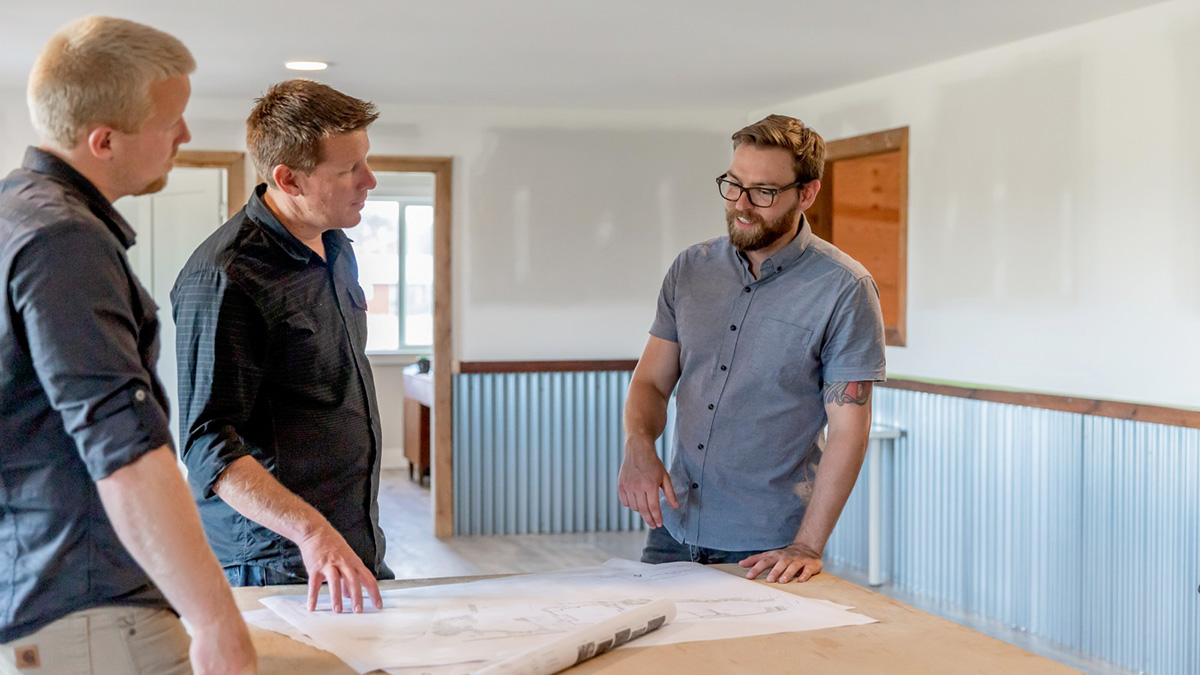
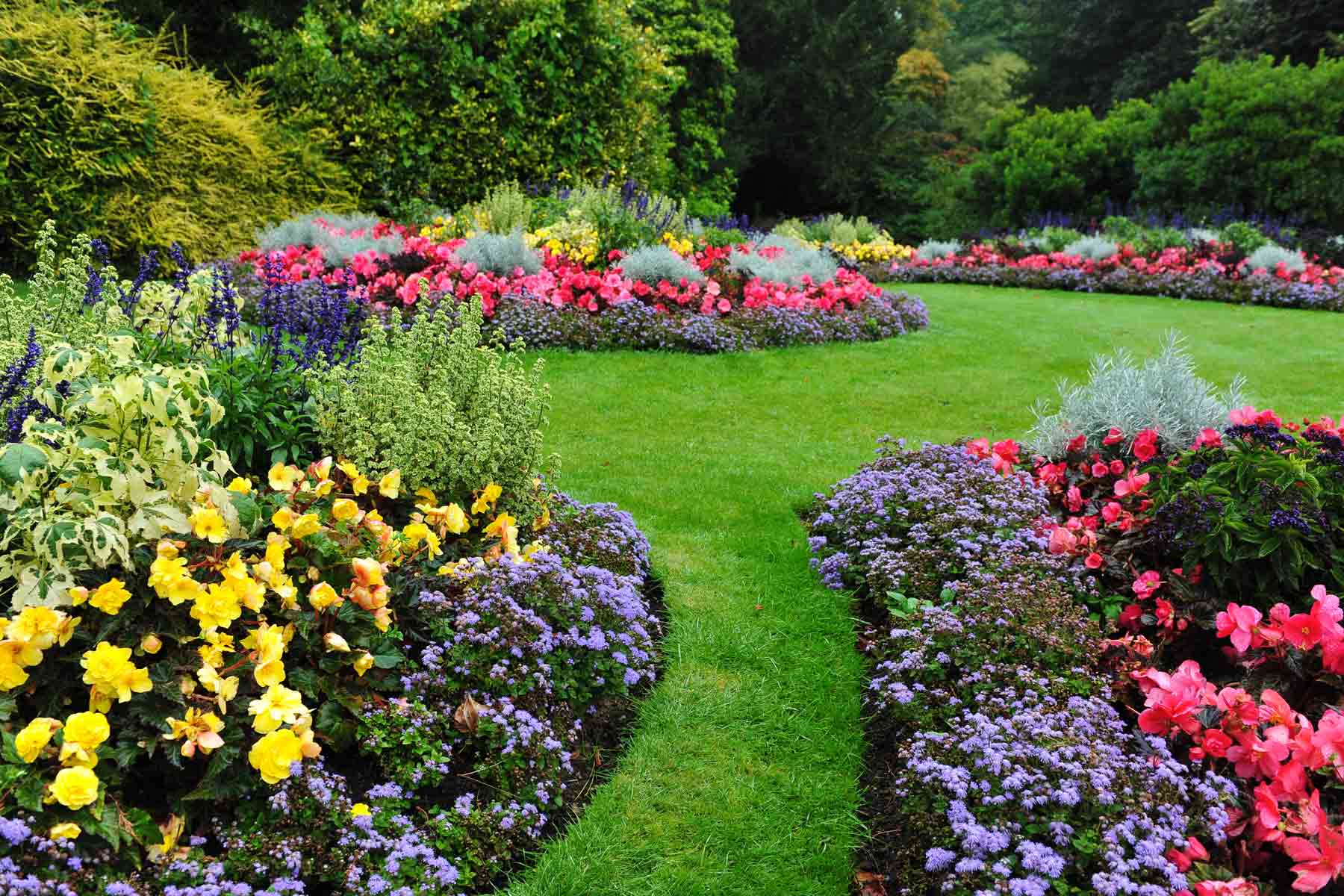
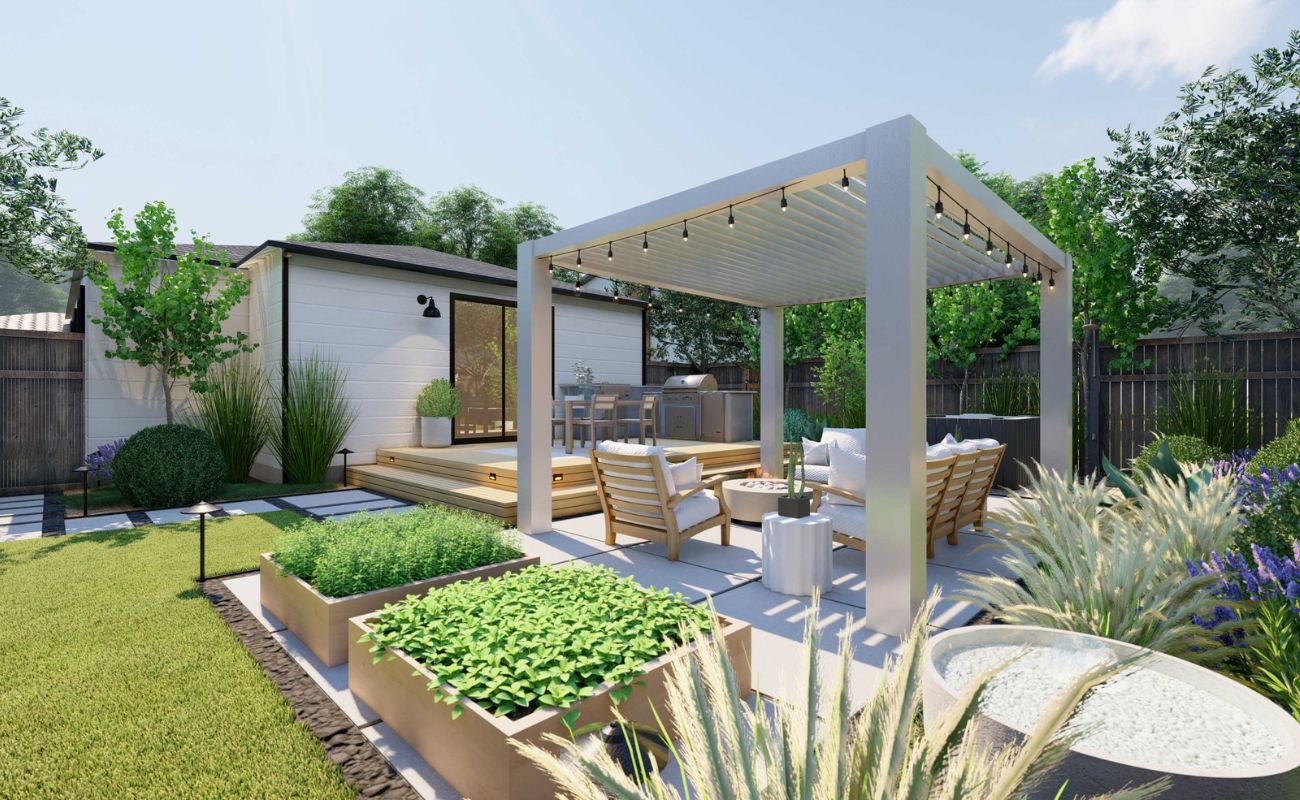
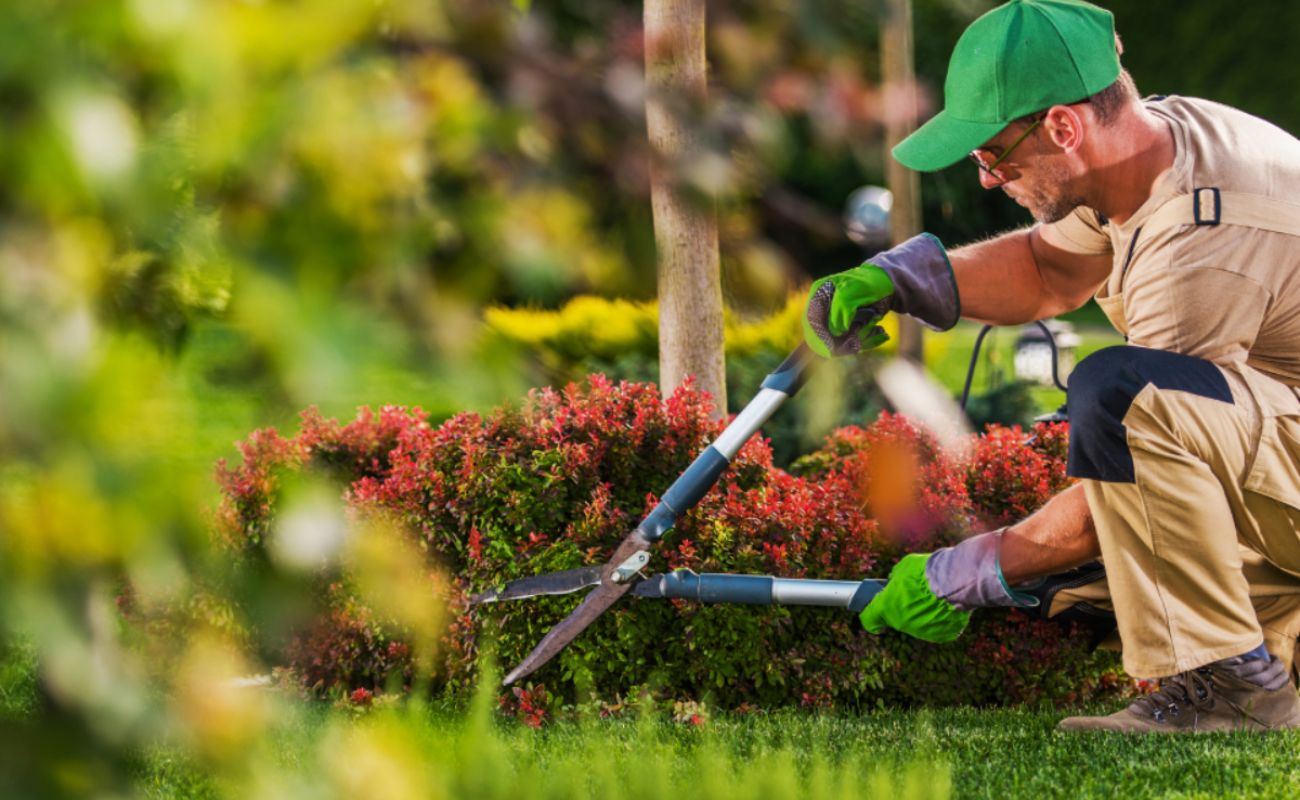
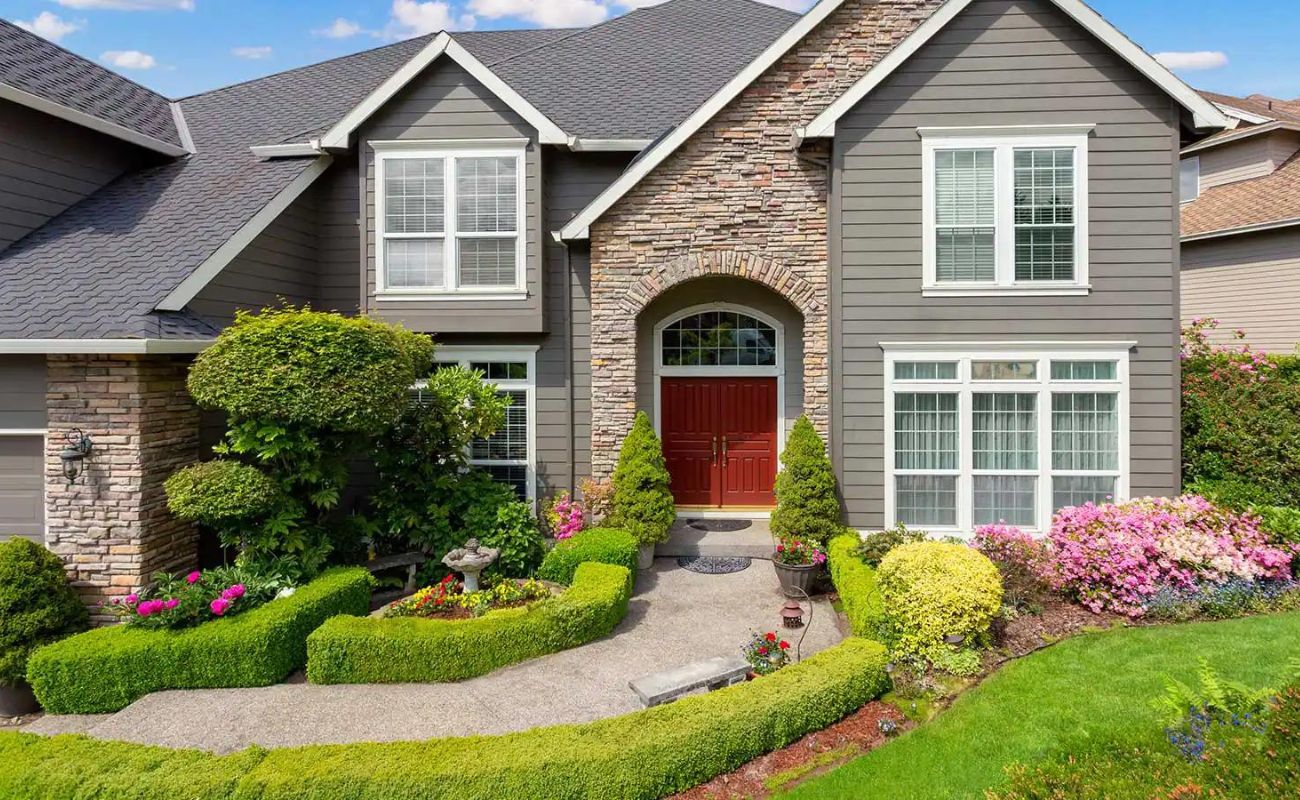
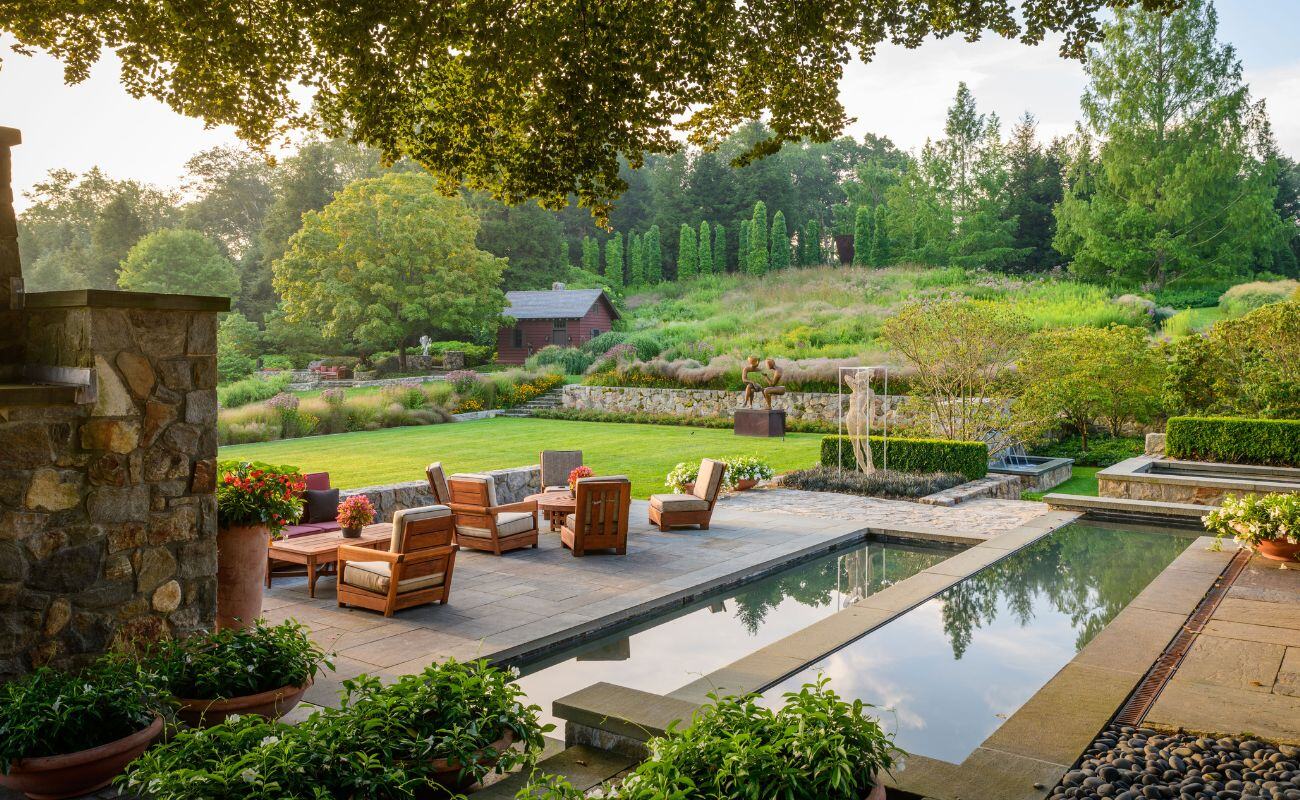
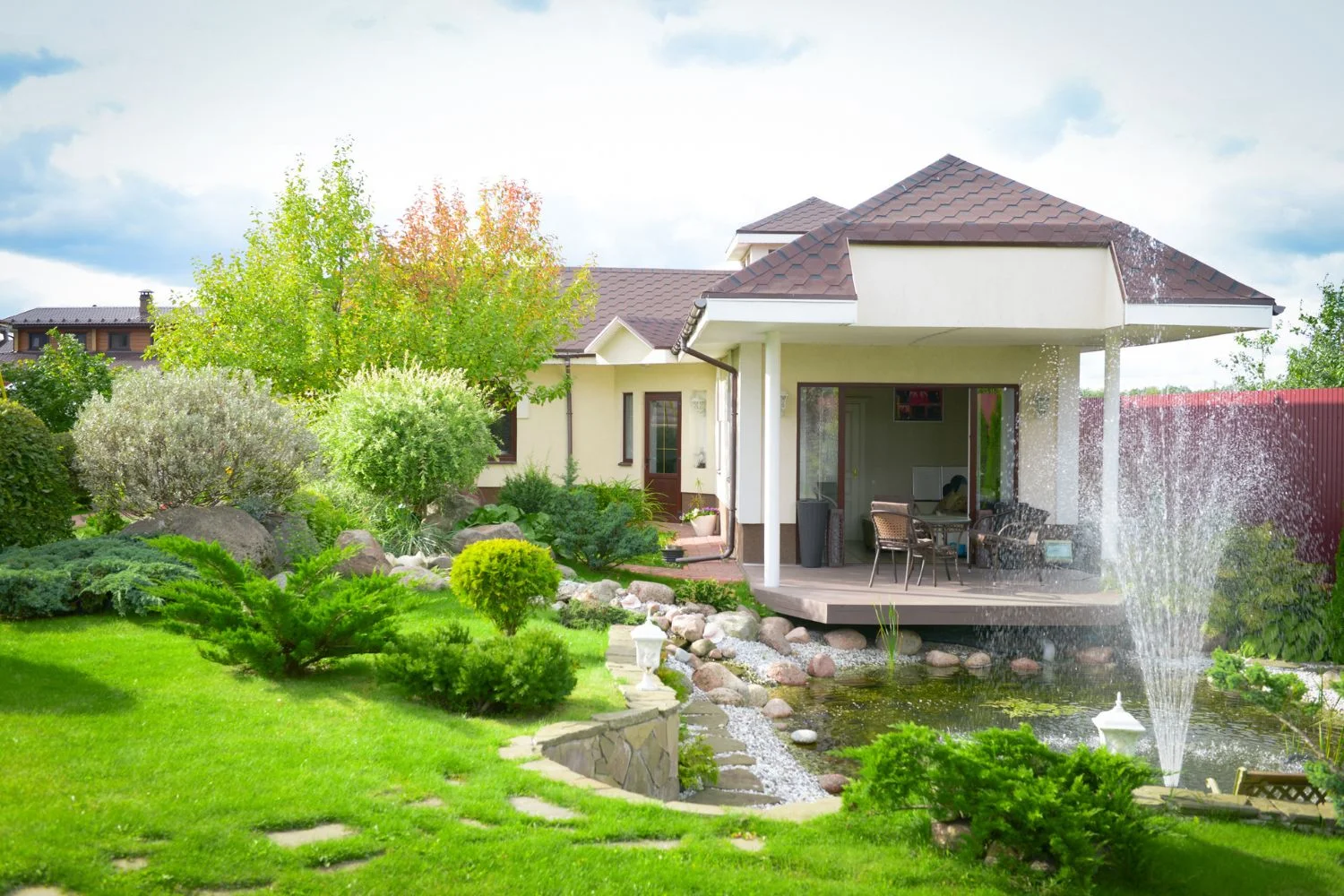
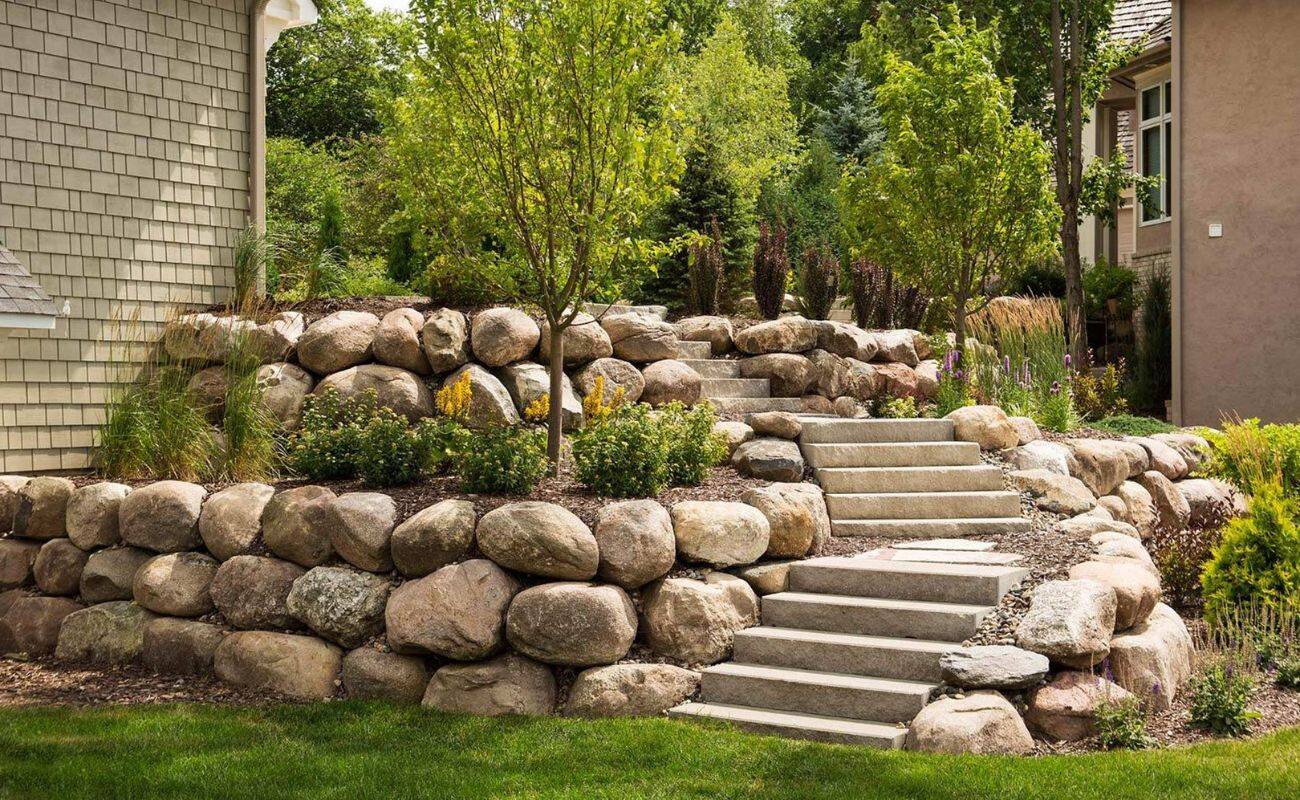


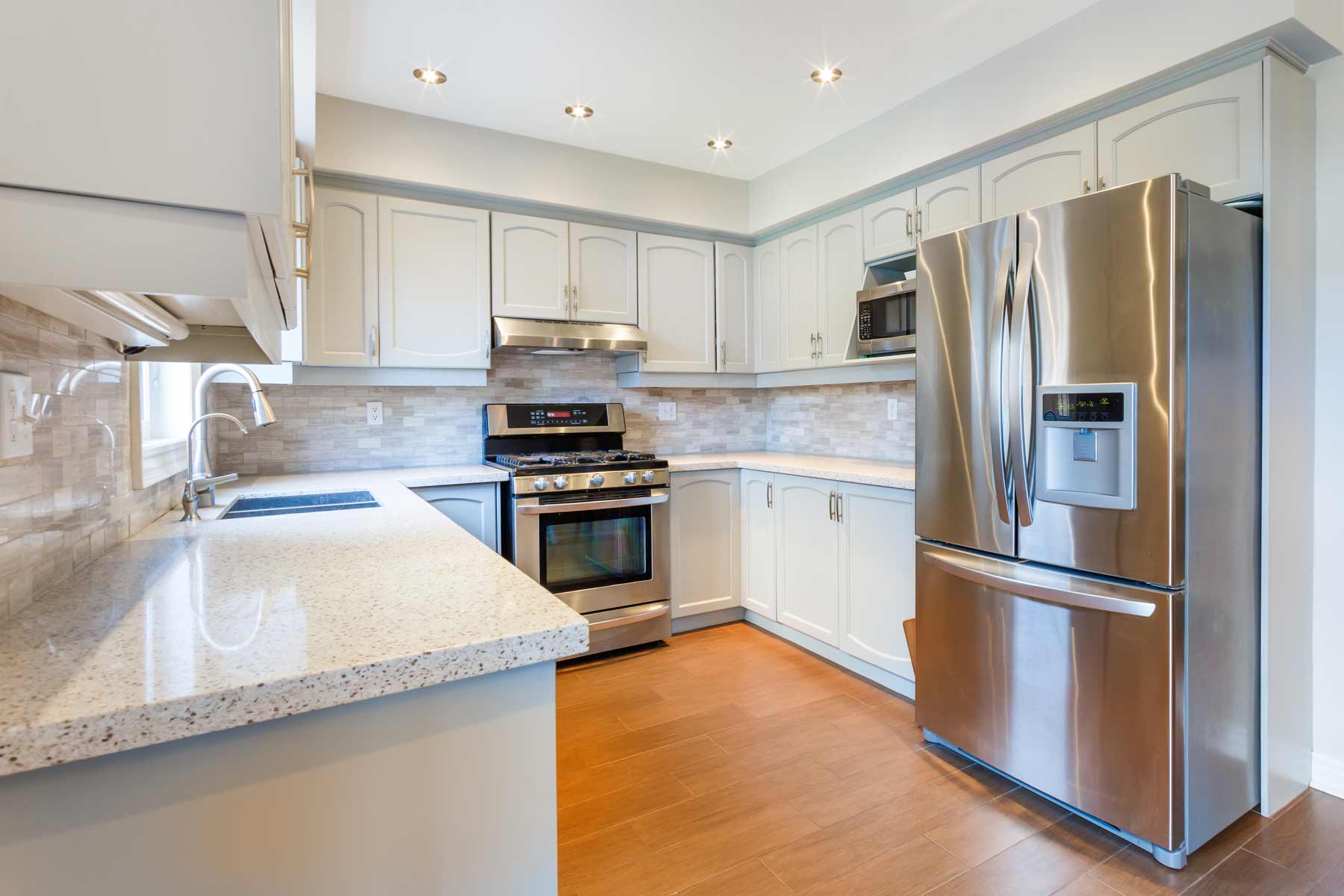
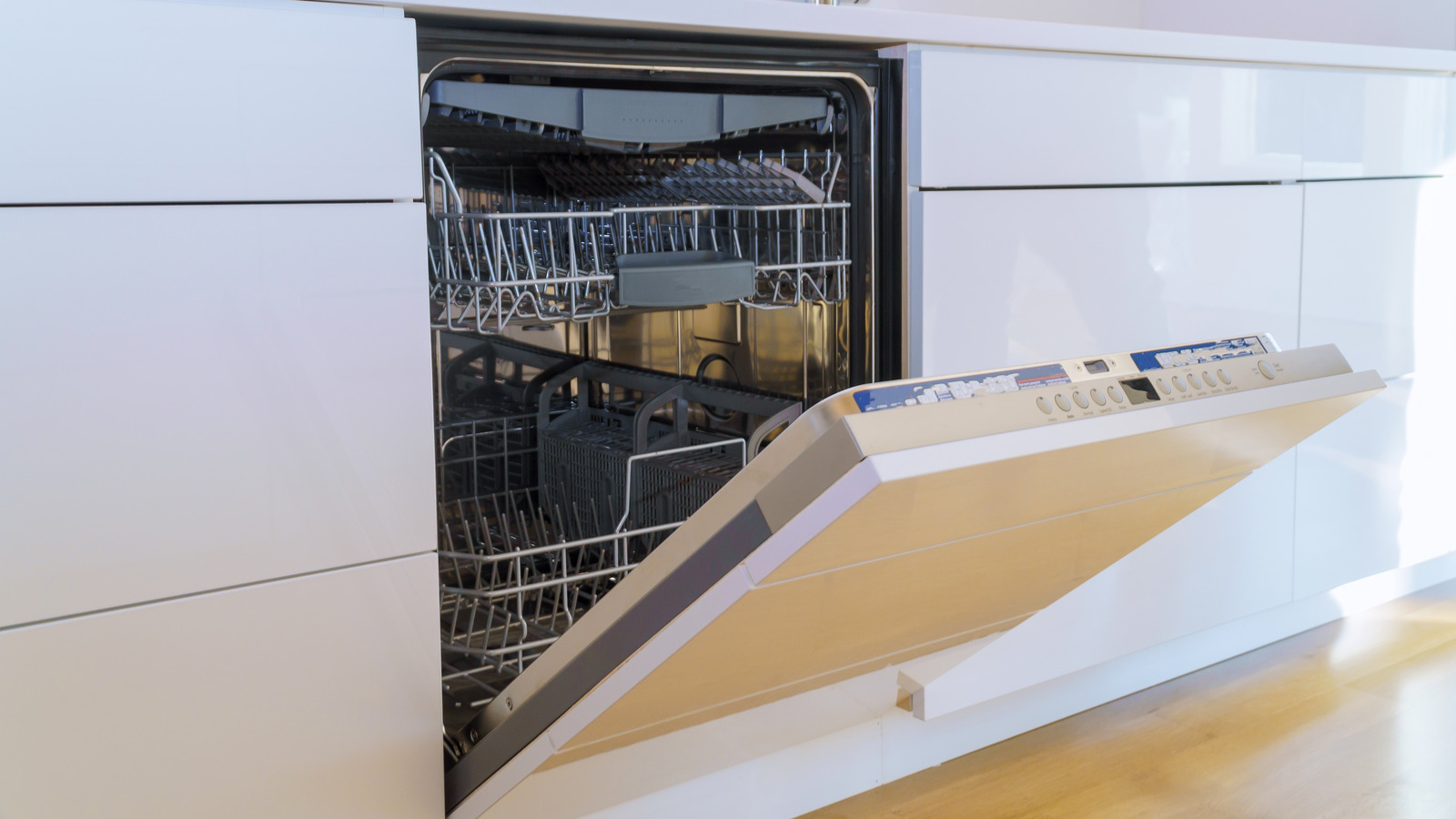
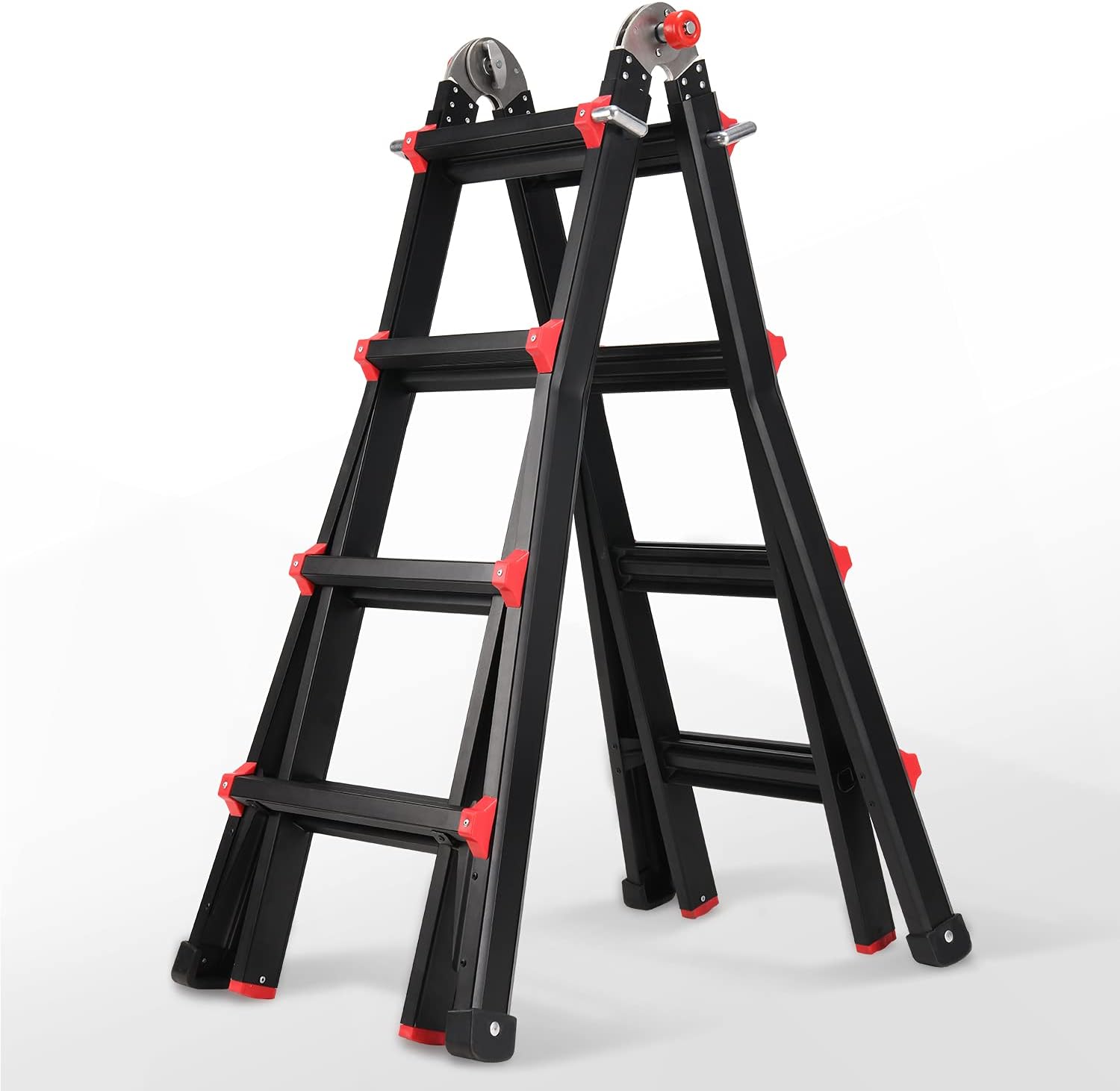

0 thoughts on “How Much Does Desert Landscaping Cost”